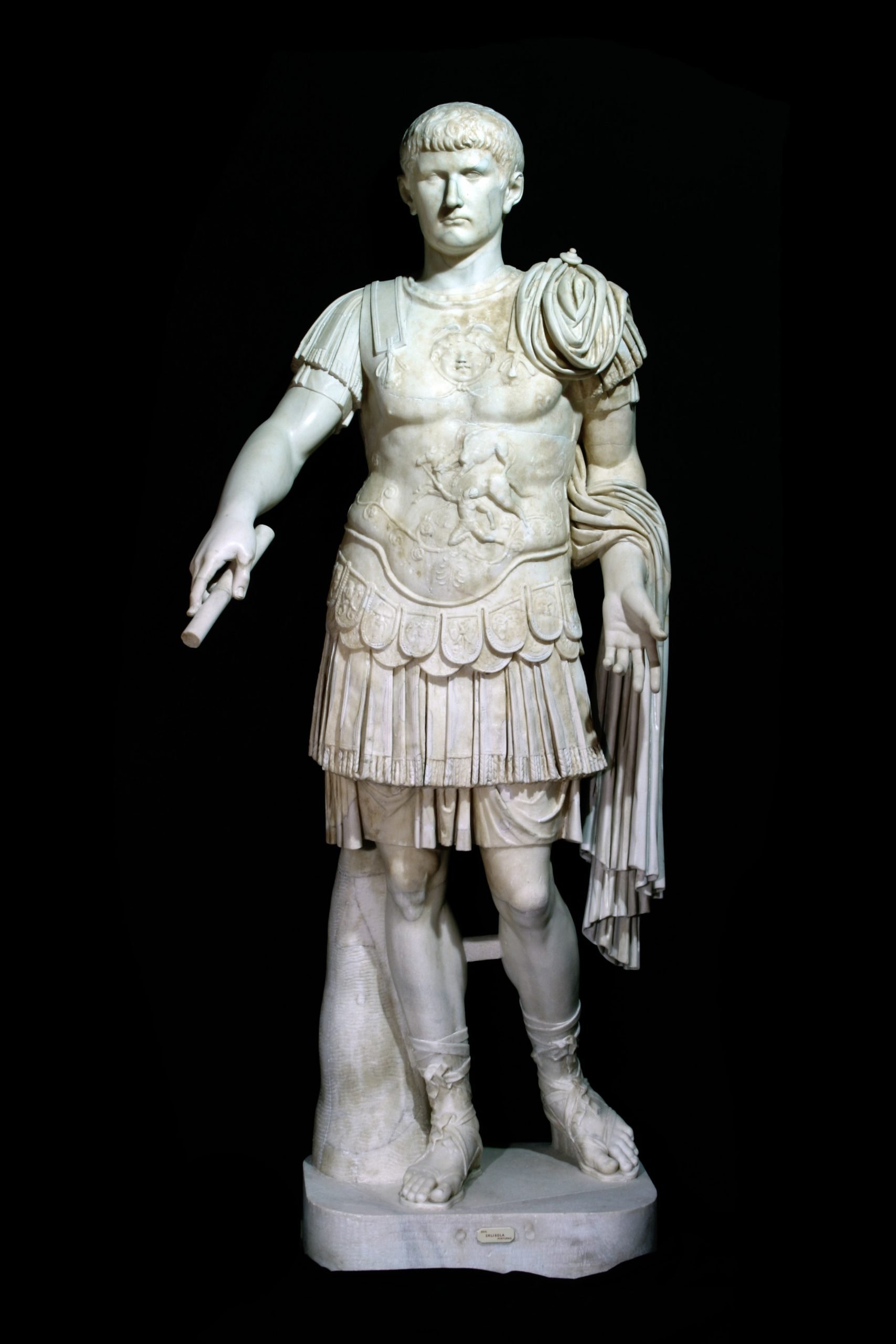
An ancient marble bust has been found at the bottom of Italy’s Lake Nemi. Archeologists suggest the object may have once lived on a ship built by the Roman Emperor Caligula two millennia ago.
The stone head was discovered during a routine dredging of the volcanic lake overseen by the Municipal Civil Protection of Nemi, and has since been handed over to experts for analysis.
The city has yet to confirm details about the sculpture, including its age, but you can’t blame outsiders for speculating on its historical significance.
Located just south of Rome, Lake Nemi is one of the world’s great underwater archeological sites. It was there that, in the 1st century C.E., two ornate ships commissioned by Caligula sunk, filling the lakebed with timbers, tarred wool, marbles, and mosaics, among other trappings.
For generations, locals had known of the sunken ships’ existence, but it wasn’t until the late 1920s and ‘30s, when Benito Mussolini ordered the lakes to be drained, that they were removed. The director had the remains of the vessels placed in a museum, but the site burned down during a World War II bombing raid.
Artifacts from the vessels have been continually recovered from the body of water since. One such piece, a mosaic designed for a dance floor, was returned to Italy in 2021 after being used as a coffee table in a New York City apartment for 45 years.
Like many details of Caligula’s reign, the exact purpose of the two ships is unknown. Some believe they held religious significance, as Lake Nemi was once considered sacred. Both were elaborate, but one is thought to have been truly opulent, a floating palace replete with silk sails, fountains, and bathrooms with plumbing.
Whether the recently discovered marble bust was one of the decorations on this ship is not yet known.
The mayor of Nemi, Alberto Bertucci, told Italy’s Dire news agency that he “hopes that this discovery will shed new light on the history of Caligula and his legacy, allowing the secrets hidden in the depths of Lake Nemi to be revealed again.”